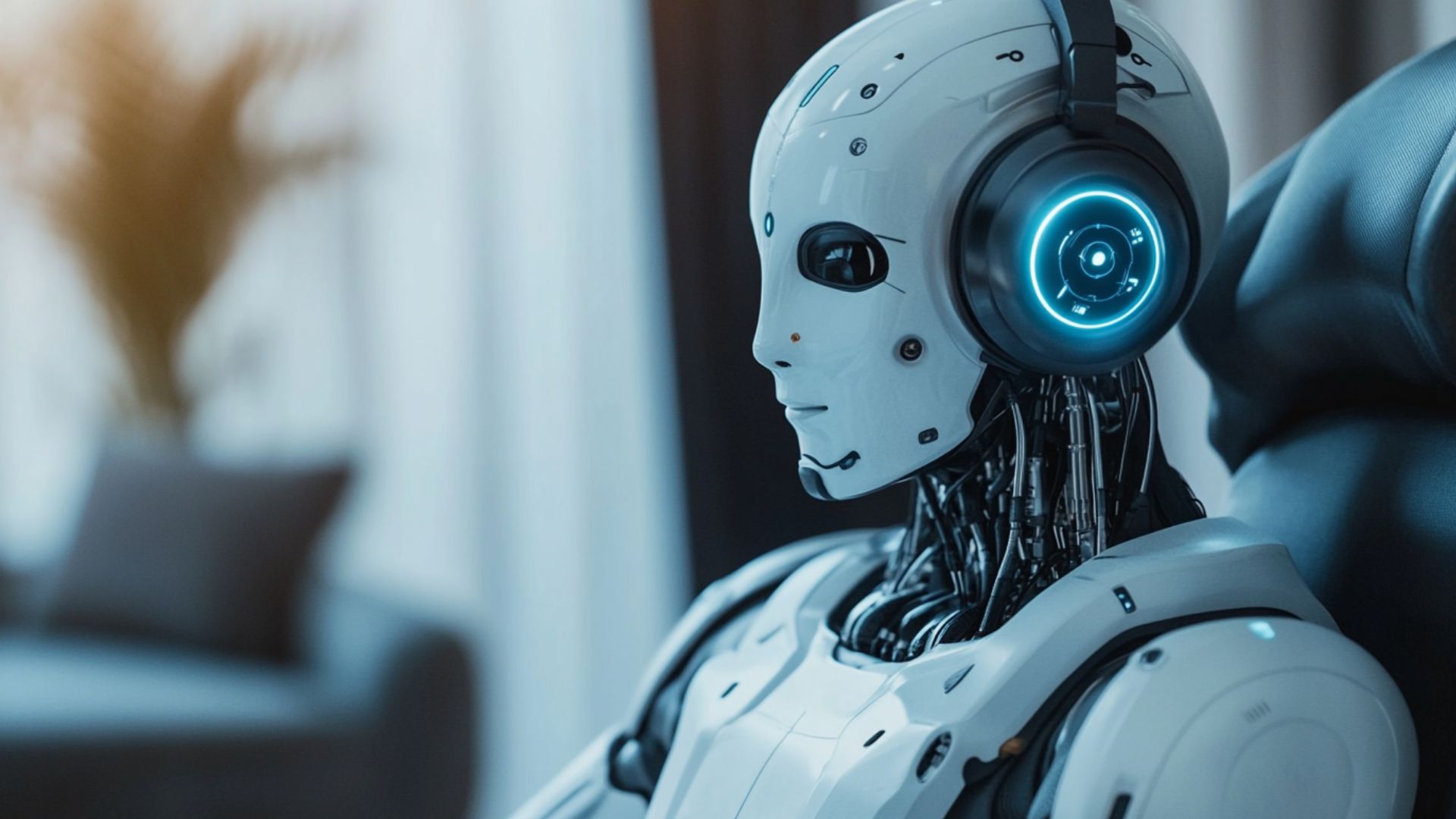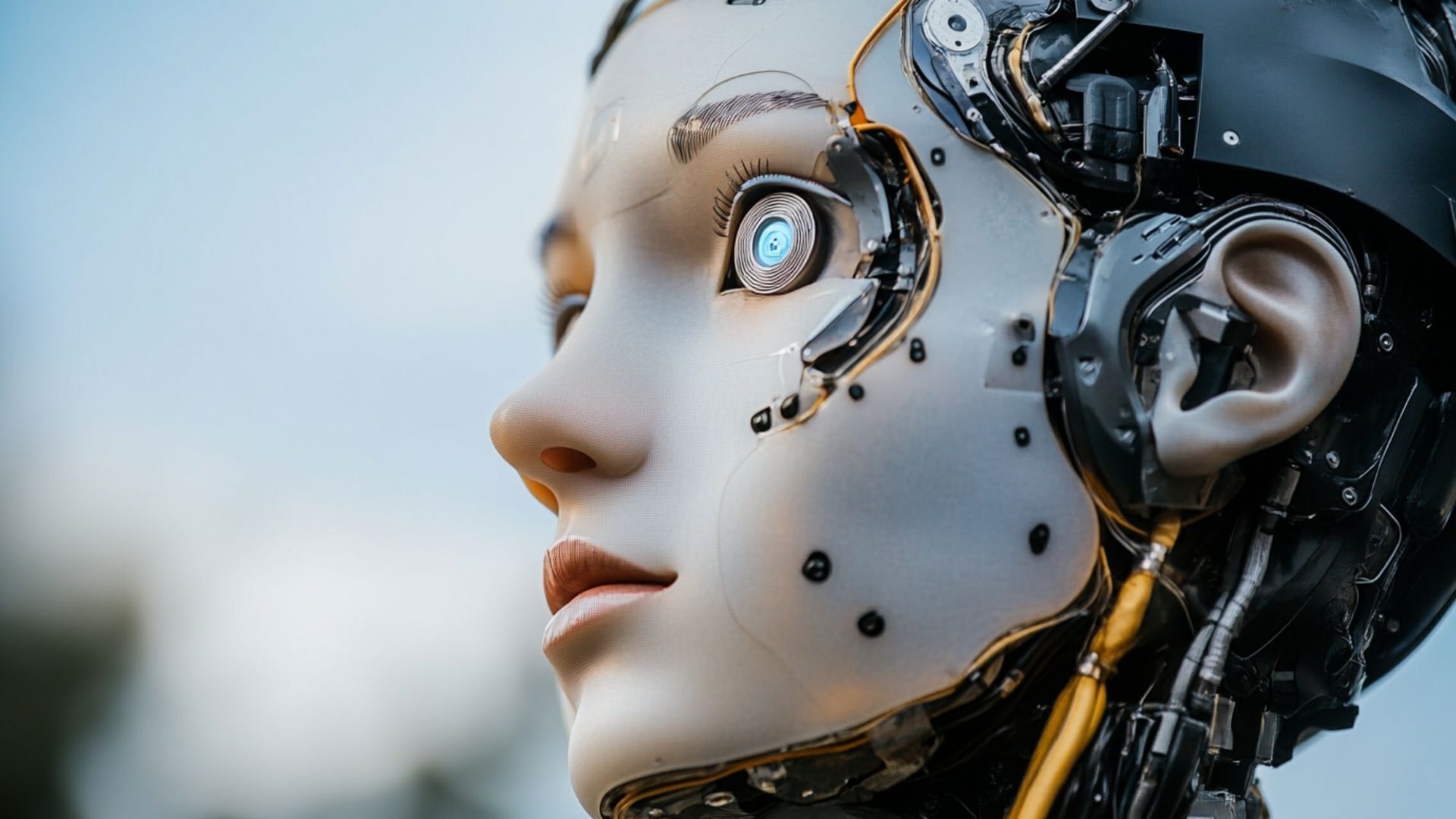Voice Ordering for Restaurants: How It Enhances Efficiency & Customer Experience
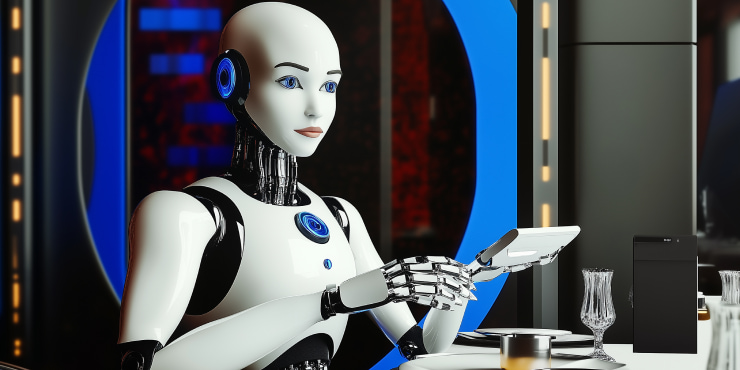
Imagine talking to your favorite restaurant, just like talking to a friend. That's what voice ordering is bringing to the table. Using smart tech, restaurants can now let you order food by simply speaking. This isn't just a fun gimmick; it's changing how we get our meals. Think of it: no more waiting on hold, no more tapping tiny buttons on a screen.
This change is driven by artificial intelligence and voice recognition technology. They're getting better at understanding what we say, even in noisy spaces.
Today, people want things fast and easy, especially when they're hungry. Also, in a world where we want to touch things less, talking to order feels safer. So, let's explore how voice ordering is making restaurants work better and making customers happier.
Why Restaurants Are Adopting Voice Ordering Technology
Restaurants are always looking for ways to make things better, both for their customers and for themselves. Lately, a lot of them are trying out voice ordering. It's like having a helpful robot take your order, and it's catching on fast.
People today want things fast. They don't want to wait long for their food. Voice ordering helps with that. You can just talk to a machine, and it gets your order in right away. This means less waiting around, and happier customers. Also, when you talk, the machine writes down what you say. This helps avoid mistakes. Sometimes, when a person takes an order, they might hear something wrong or write it down wrong. But a machine is much less likely to make those kinds of errors.
For restaurants, this means they can work more smoothly. With AI ordering systems, they can get more orders done in less time, and they don't have to worry as much about mistakes. This makes everything more efficient. Think of it like this: if you have a busy restaurant, and everyone is calling in orders, it can be hard for people to keep up. But a machine can handle many calls at once, without getting tired or confused.
AI-Powered Voice Assistants vs. Traditional Ordering Methods
Before voice ordering for restaurants, you had a few choices. You could call the restaurant and talk to a person, or you could go to a kiosk and tap on a screen. Calling is okay, but sometimes you have to wait on hold. And sometimes, the person on the other end might not hear you right. Kiosks are good, but they can be slow, especially if there's a long line.
Voice ordering is different. It's like having a super-fast, super-accurate helper. The machine can understand what you say, even if it's noisy. It can also handle many orders at the same time. This is really helpful for busy restaurants. They don't have to hire as many people to take orders, and they can get things done faster.
Enhancing Accessibility and Inclusivity with Voice Ordering
AI voice food ordering isn't just about speed and accuracy. It also makes things easier for people who might have trouble with usual ordering methods. For example, if someone has trouble seeing or using their hands, they might find it hard to use a kiosk or read a menu. But with voice ordering, they can just talk. This makes the restaurant more accessible and inclusive.
The technology behind AI-powered voice ordering systems is improving. This means that people from different backgrounds can order food more easily. If a restaurant has a voice system that speaks many languages, it can serve a wider range of customers. The technology can get better at recognizing different accents and ways of speaking. So, it can become even more helpful.
In short, voice ordering is changing how restaurants work. It's making things faster, more accurate, and more inclusive. It's a way for restaurants to meet the needs of today's customers, who want things fast and easy. And it's a way to make sure that everyone can enjoy a good meal, no matter their abilities or background.
How Voice Ordering Works in Restaurants
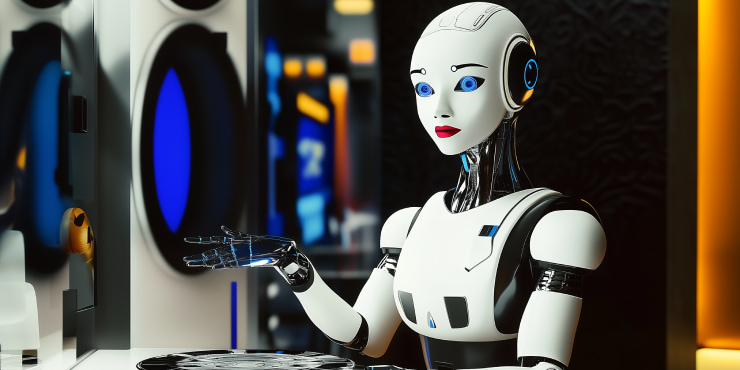
Imagine you just say, "I want a burger," and it happens. That's kind of what voice ordering is about. It uses advanced technology. For example, computers that can understand what you say (that's called speech recognition) and smart programs (AI). The AI then figures out what you really mean. It's all about making things easy.
So, how does it really work?
- First, you talk to a device or an app. This device listens and turns your words into text. Then, the AI looks at what you said and figures out what food you want. It's like having a super-smart waiter who never forgets anything.
- This system is often connected to the restaurant's main computer (the Point of Sale (POS) system). This computer knows what food is available, how much it costs, and if they're busy. It can also talk to online AI ordering system apps and delivery services.
- So, when you order, the system can send your order straight to the kitchen and even tell a delivery person to come pick it up.
Let's walk through a simple order. You say, "I want a pizza with pepperoni." The device hears you and writes down "I want a pizza with pepperoni." The AI looks at that and says, "Okay, that's a pepperoni pizza." It checks with the restaurant's computer to see if they have pepperoni and if the pizza is available. If yes, it adds it to your order. If you want to pay, you can say, "Pay with my card," and it will use your saved card info. Then, the kitchen gets the order, makes your pizza, and a delivery driver might come pick it up. You get your pizza, all without pressing any buttons.
Key Features of an Effective Voice Ordering System
A good voice ordering system should be easy to use and helpful. You want to be able to change things around, like saying, "I want no onions on my pizza." It should also tell you if something is out of stock or if the price changed. That's real-time updates.
Smart suggestions are cool too. Imagine you always order a soda with your burger. The system could say, "Do you want a soda with that?" That's a smart recommendation.
Paying should be safe and easy. You can securely use your saved payment information with proper encryption and security protocols in place. Good voice AI food ordering systems make sure your info is safe.
Overcoming Challenges in Implementing Voice Ordering
Of course, using an AI ordering system isn't always perfect. Sometimes, the system might not understand you correctly, especially if there's a lot of noise around. Or, maybe you have a strong accent, and it has trouble understanding you. That's an accuracy issue.
Background noise, like people talking or music playing, can also make it hard for the device to hear you. And some people might just not like talking to a machine. They might prefer ordering the old way.
To make it work well, restaurants can do a few things:
- First, they can use good microphones and noise-canceling technology.
- Second, they can train the AI voice ordering to understand different accents and ways of talking.
- Third, they can make sure the system is easy to use and gives clear feedback. If the system doesn't understand you, it should say so and ask you to repeat.
Also, restaurants should tell their customers how to use the system and why it's helpful. They can show them how easy it is and how it saves time. If people know how it works and see the pros, they're more likely to use it and enjoy it.
The Business Benefits of Voice Ordering for Restaurants
Imagine a restaurant where people can order quickly and easily, even when it's super busy. That's one big plus of voice ordering. It lets restaurants take more orders without needing more people to take them. This means more food sold and, of course, more money coming in.
Think about it: during rush hour, people might get tired of waiting in line or on hold. With voice ordering, they can just say what they want, and their order goes straight to the kitchen. This speeds things up a lot, and happy customers are more likely to order more.
Also, with voice food ordering, restaurants might not need as many people answering phones or taking orders at the counter. This can save them money on paying staff. They can use those savings to improve other things, like buying better ingredients or updating their kitchen equipment.
But it's not just about making more money right away. Voice ordering can also help restaurants keep their customers coming back. People like things that are easy and convenient. If they can order their favorite food with just their voice, they'll probably think, "Wow, that was simple!" This good feeling makes them want to order from that restaurant again.
Plus, restaurant AI phone ordering systems can be also used to offer special deals or personalized recommendations. For example, if someone always orders a certain drink, the system can say, "Would you like your usual drink with that?" This makes customers feel special and shows that the restaurant cares about what they like.
When customers feel like their time is valued and their preferences are remembered, they're more likely to become loyal fans. They'll tell their friends and family about the great experience. And that brings in even more customers.
In short, an automated ordering system can boost a restaurant’s income. It’s by handling more orders, saving money by reducing staffing costs, and building a strong customer base by making ordering super easy and personal. It's a win-win for everyone!
The Future of Voice Ordering in the Restaurant Industry
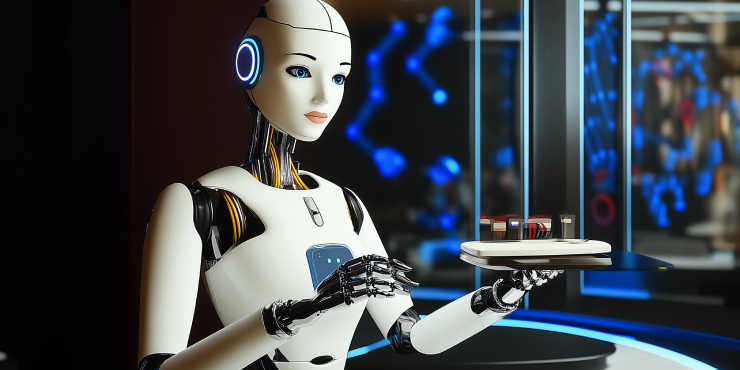
Voice ordering is still new, but it's growing fast. We're seeing some cool things happening, and even more exciting stuff is on the horizon. One big trend is AI-driven personalization. Imagine a system that knows your favorite dishes, remembers your dietary restrictions, and even suggests new things you might like based on your past orders. That's the power of an AI ordering system. It can make ordering feel like a truly personal experience.
Smart speakers, like those little tools you can talk to at home, are also playing a big role. More and more people are using them to do all sorts of things, and ordering food is becoming one of them. You might soon be able to say, "Hey [smart speaker name], order my usual from [restaurant name]," and it will happen. This makes ordering even more convenient, especially when you're busy or just want to relax.
Chatbots are another piece of the puzzle. These voice ordering systems for restaurants are computer programs. They can talk to you like a real person. It’s often through messaging apps. They can take your order, answer questions, and even handle payments. Integrating voice ordering with chatbots means you could order food while you're chatting with friends or browsing social media.
Now, let's talk about how voice ordering might become common in different types of restaurants. In fast food, speed and convenience are key. Voice ordering can make drive-thrus even faster and easier. You could just say your order as you pull up, and it's already being prepared by the time you reach the window. This could reduce wait times and make the whole experience much smoother.
In fine dining, voice AI food ordering could add a touch of modern sophistication. Instead of flipping through a menu, you could ask the system about:
- Specific dishes
- Get recommendations from the chef
- Even place your order directly
This could free up staff to focus on providing excellent service and creating a more personalized dining experience.
We can expect to see more restaurants adopting voice ordering as the tech improves and becomes more affordable. As people get used to using voice technology in other areas of their lives, they'll naturally expect it in restaurants too. It's all about making life easier and more enjoyable. And voice ordering is definitely a step in that direction. The future of dining is sounding very promising.
Choosing the Right Voice Ordering System for Your Restaurant
When looking for a voice ordering system, there are a few important things to think about. First, how much will it cost? While some have monthly fees, others might charge per order. You need to figure out what fits your budget. Also, think about how easily the system can grow with your business. If you plan to open more locations or handle more orders, you'll need a system that can keep up. That's scalability.
Another big thing is how well the voice ordering system works with your current software. You probably already have a POS system, an online ordering platform, or a delivery service. You want a voice system that can talk to these programs without causing problems. That's integration. If the systems don't work well together, you'll end up with a lot of headaches.
Now, let's talk about some of the companies that offer voice food ordering solutions. There are a few big players. And each has its own special features.
One type of system focuses on AI-driven voice helpers. Those can understand complex orders and provide personalized recommendations. They often integrate smoothly with existing POS systems and web ordering platforms. This makes them a good choice for restaurants looking for a comprehensive solution. These companies prioritize accuracy and natural language understanding. They aim to create a seamless conversational experience.
Another type of provider specializes in integrating AI voice ordering with smart speakers and chatbots. This allows clients to order through familiar devices and messaging apps. It makes it highly convenient. These systems often offer customizable menus and loyalty program integrations. It allows restaurants to tailor the experience to their brand.
Some companies focus on providing solutions that are easy to set up and use. It’s even for restaurants with limited technical expertise. They offer plug-and-play systems that can be quickly integrated with existing setups. It cuts disruption to operations. These automated restaurant ordering system providers often offer affordable options. They’re suitable for smaller restaurants or those just starting to explore voice ordering.
When choosing a provider, it's important to consider the level of customer support they offer. You want a company that can help you with setup, training, and troubleshooting. Look for providers that offer responsive support and comprehensive documentation.
Also, consider the security features of the system. You want to make sure your customers' payment information is protected. Look for restaurant phone ordering systems that comply with industry security standards. And they must also offer secure payment processing.
Finally, ask for demos or trials of different systems. This will give you a chance to see how they work in real-world situations and help you make an informed decision. Don't be afraid to ask questions and get clarification on any features or pricing details. Choosing the right automated restaurant ordering system is a big decision. Take your time and do your research.
